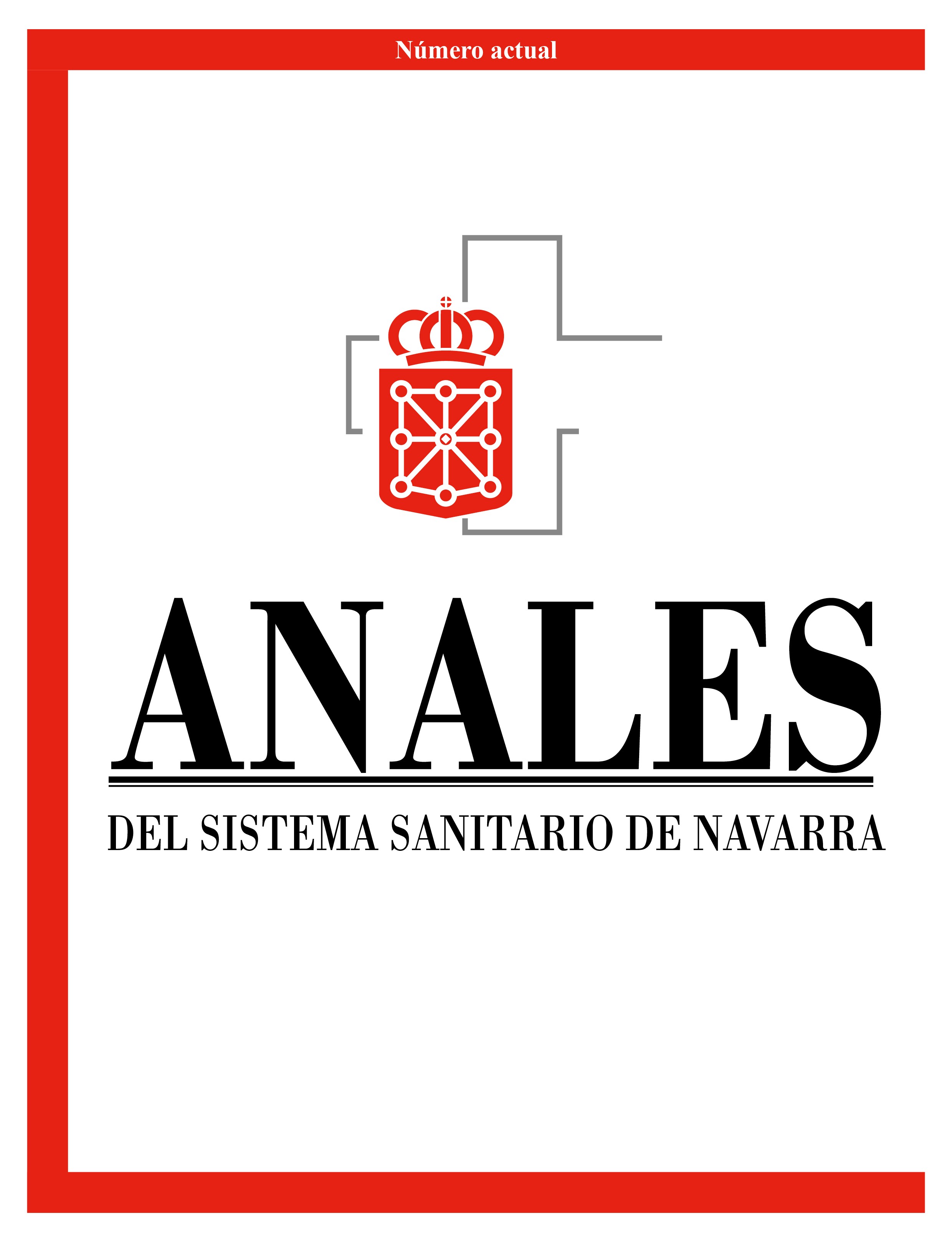Pérdida y desperdicio de frutas y verduras en jardines infantiles de la Junta Nacional de Jardines Infantiles de Chile
DOI:
https://doi.org/10.23938/ASSN.1089Palabras clave:
Desperdicio de Alimentos, Fruta, Verduras, Jardines InfantilesResumen
Fundamento. Los desperdicios de alimentos son un problema global y afectan a toda la sociedad desde una perspectiva ambiental, nutricional y social. En colaboración con la Junta Nacional de Jardines Infantiles, se cuantificó el desperdicio de frutas y verduras durante la elaboración de raciones en cuatro jardines infantiles de la Región Metropolitana de Santiago en Chile.
Metodología. Se seleccionaron cuatro jardines infantiles, dos con sello de calidad ambiental. Durante cinco días se pesaron la materia prima y los desperdicios de verduras/hortalizas (peladuras) y frutas (pulpa), y se calculó el porcentaje de pérdida post limpieza.
Resultados. Las pérdidas de verduras/hortalizas fueron > 20% en el 31% de los centros, especialmente en el caso de zanahorias y patatas; las pérdidas de fruta fueron superiores, especialmente en el caso de las peras, en el 75% de los centros. No hubo diferencias entre centros para pérdidas de verduras/hortalizas, pero sí para ambos tipos de fruta. Los centros con sello ambiental desperdiciaron menos cebollas (p=0,016) y más peras (0,036).
Conclusiones. Se observa mayor pérdida de fruta que de verduras/hortalizas, siendo las cebollas y los tomates los menos desperdiciados. Estar en posesión del sello medioambiental no se relaciona a una reducción significativa de pérdidas, excepto en el caso de las cebollas. La manipulación y las condiciones de conservación podrían ser determinantes para la reducción de desperdicios. Se necesitan más estudios que recolecten evidencia que permita proponer mejoras en los servicios de Junta Nacional de Jardines Infantiles para lograr un proceso de elaboración de raciones de comida más sostenibles.
Descargas
Citas
GUSTAVSSON J, CEDERBERG C, SONESSON U, VAN OTTERDIJK R, MEYBECK A. Pérdidas y desperdicio de alimentos en el mundo: Alcance, causas y prevención. Roma: Food and Agriculture Organization of the United Nations (FAO), 2012. https://www.fao.org/3/i2697s/i2697s.pdf
ALBANESE D, ADILETTA G, D’ACUNTO M, CINQUANTA L. DI MATTEO M. Tomato peel drying and carotenoids stability of the extracts. Int J Food Sci Technol 2014; 49: 2458-2463. https://doi.org/10.1111/ijfs.12602
Panorama de la agricultura chilena (Chilean agricultura overview). Santiago de Chile: Oficina de Estudios y Políticas Agrarias (ODEPA) del Ministerio de Agricultura, 2019. https://www.odepa.gob.cl/wp-content/uploads/2019/09/panorama2019Final.pdf
FAO. Save Food: Iniciativa mundial sobre la reducción de la pérdida y el desperdicio de alimentos. https://www.fao.org/save-food
DUQUE-ACEVEDO M, BELMONTE-UREÑA L, PLAZA-ÚBEDA J.A, CAMACHO-FERRE F. The management of agricultural waste biomass in the framework of circular economy and bioeconomy: an opportunity for greenhouse agriculture in southeast spain. Agronomy 2020; 10: 489-511. https://doi.org/10.3390/agronomy10040489
CORRADO S, SALA S. Food waste accounting along global and European food supply chains: State of the art and outlook. Waste Manage 2018; 79: 120-131. https://doi.org/10.1016/j.wasman.2018.07.032
ACUÑA D, DOMPER A, EGUILLOR P, GONZÁLEZ CG, ZACARÍAS I, editoras. Manual de pérdidas y desperdicios de alimentos. Chile: 5 al día, Ministerio de Agricultura Gobierno de Chile, INTA Universidad de Chile, 2018. https://5aldia.cl/wp-content/uploads/2018/07/Manual_de_Perdida_y_Desperdicios_Alimentos-.pdf
BRAGA DE BRITO T, PEREIRA MATOS DA SILVA T, DE ARAÚJO LUIZ D, DE ANDRADE CJ, DE ANDRADE LM, SIMOES LARRAZ FERREIRA M et al. Fruits and vegetable-processing waste: a case study in two markets at Rio de Janeiro, RJ, Brazil. Environ Sci Pollut Res Int 2020; 15:18530-18540. https://doi.org/10.1007/s11356-020-08244-y
GONZÁLEZ CG. Frutas y verduras perdidas y desperdiciadas, una oportunidad para mejorar el consumo. Rev Chil Nutr 2018; 45: 3. http://doi.org/10.4067/s0717-75182018000400198
BARACATT K, MAIER L, LOPÉZ L, JACOB RA, editores. Manual para manipuladores de alimento: basado en el modelo de currículum estandarizado. Santiago de Chile: ACHIPIA, 2021. https://www.achipia.gob.cl/wp-content/uploads/2021/10/MANUAL_MANIPULADORES_FORMADORES.pdf
LÓPEZ SILVA C, RODRÍGUEZ JIMÉNEZ JR, AMAYA GUERRA CA. Aprovechamiento de cáscara de papa generada en la cafetería de Ciencias Biológicas de la UANL para la elaboración de harina rica en antioxidantes. Investigación y Desarrollo en Ciencia y Tecnología de Alimentos 2019; 4: 887-890. http://eprints.uanl.mx/id/eprint/23676
MALDONADO S, UTRERAS G. Utilización de la cáscara de papa (Solanum tuberosum) como antioxidante natural en la elaboración de hamburguesas de res pre-fritas y congeladas. Quito: Universidad San Francisco de Quito, 2015. http://repositorio.usfq.edu.ec/bitstream/23000/4136/1/114294.pdf
Impact evaluation of JUNAEB feeding programs, Ministry of Education. Final Report. Ministerio de Hacienda de Chile: Dirección de Presupuestos; 2013. http://www.dipres.gob.cl/597/articles-141188_informe_final.pdf.
ARAYA M, CASTILLO-MONTES M. Lunch acceptability of the School Nutritional Program and estimates of associated economic loss in the municipal district of Coquimbo, Chile. Rev Chil Nutr 2021; 48(6): 908-916. http://doi.org/10.4067/S0717-75182021000600908
BRENNAN A, BROWNE S. Food waste and nutrition quality in the context of public health: a scoping review. Int J Environ Res Public Health 2021; 18: 5379-5405. https://doi.org/10.3390/ijerph18105379
CAMPBELL CG, FELDPAUSCH GL. Invited review: The consumer and dairy food waste: An individual plus policy, systems, and environmental perspective. J Dairy Sci 2022; 5: 3736-3745. https://doi.org/10.3168/jds.2021-20994
KUMAR H, BHARDWAJ K, SHARMA R, NEPOVIMOVA E, KUČA K, DHANJAL DS, VERMA R, BHARDWAJ P, SHARMA S, KUMAR D. Fruit and vegetable peels: utilization of high value horticultural waste in novel industrial applications. Molecules 2020; 12: 2812-2833. https://doi.org/10.3390/molecules25122812
ESPARZA I, JIMÉNEZ-MORENO N, BIMBELA F, ANCÍN-AZPILICUETA C, GANDÍA L. Fruit and vegetable waste management: Conventional and emerging approaches. J Environ Manage 2020; 265: 110510-110528. https://doi.org/10.1016/j.jenvman.2020.110510
SHARMA S, MARSHALL A, CHOW J, RANJIT N, BOUNDS G, HEARNE K, CRAMER N, OCEGUERA A, FARHAT A, MARKHAM C. Impact of a pilot school-based nutrition intervention on fruit and vegetable waste at school lunches. J Nutr Educ Behav 2019; 51(10): 1202-1210.e1. https://doi.org/10.1016/j.jneb.2019.08.002
Descargas
Publicado
Cómo citar
Número
Sección
Licencia

Esta obra está bajo una licencia internacional Creative Commons Atribución-CompartirIgual 4.0.
La revista Anales del Sistema Sanitario de Navarra es publicada por el Departamento de Salud del Gobierno de Navarra (España), quien conserva los derechos patrimoniales (copyright ) sobre el artículo publicado y favorece y permite la difusión del mismo bajo licencia Creative Commons Reconocimiento-CompartirIgual 4.0 Internacional (CC BY-SA 4.0). Esta licencia permite copiar, usar, difundir, transmitir y exponer públicamente el artículo, siempre que siempre que se cite la autoría y la publicación inicial en Anales del Sistema Sanitario de Navarra, y se distinga la existencia de esta licencia de uso.








